Horse Mats or Road Fabric instead of Weed Fabric
Danell Hiltz
11 years ago
Related Stories
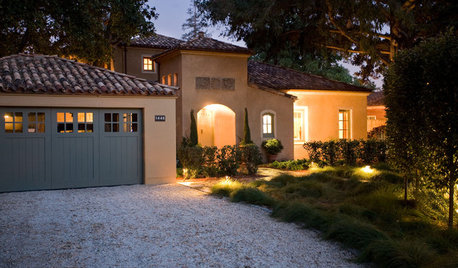
REMODELING GUIDESGravel Driveways: Crunching the Pros and Cons
If you want to play rough with your driveway, put away the pavers and choose the rocky road
Full Story
HOUZZ TOURSHouzz Tour: A Ranch House Is Reborn in a Los Angeles Canyon
Can you get back to nature in the heart of an urban mecca? This family — and their horses, dogs and chickens — did just that
Full Story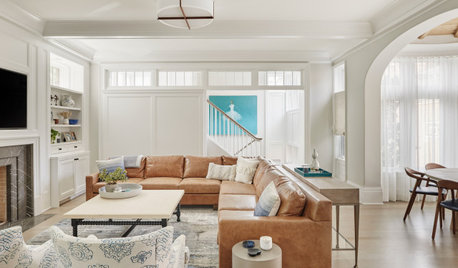
HOUSEKEEPINGChoose Your Own Spring Cleaning Plan
Instead of trying to do it all, pick one of these six cleaning approaches that’s right for you now
Full Story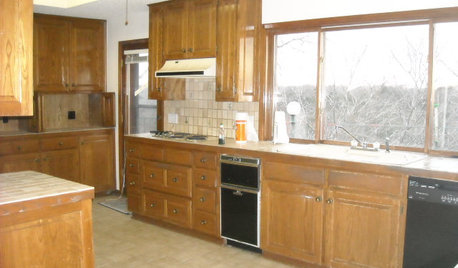
GREEN BUILDINGHow to Recycle Your Kitchen
Instead of adding to the junk pile — and paying landfill fees — get rid of old appliances, cabinets and countertops the ecofriendly way
Full Story
GARDENING GUIDESLush, Foodie Abundance in a Small Urban Garden
This modest backyard garden provides its owner with fruit and vegetables all year round, thanks to an innovative low-maintenance approach
Full Story
WORKING WITH PROS8 Things Interior Designers Want You to Know
Get the scoop on certifications, project scope, working from afar and more
Full Story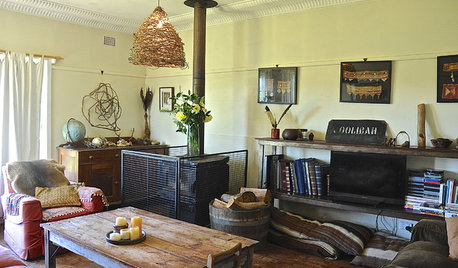
HOUZZ TOURSMy Houzz: Cozy Country Meets Bohemian Artistic in Australia
Healthy helpings of salvage and rustic art give a pastureland home free-spirited style
Full Story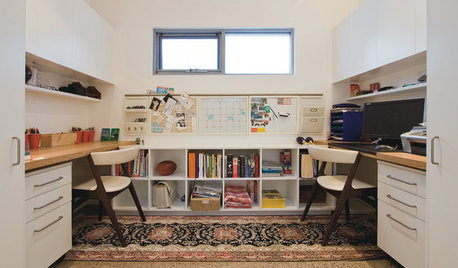
HOME OFFICESWorking at Home Together (and Apart)
One is easy. Two, not so much. Here are ways to make room for two to work at home
Full Story
SAVING WATERHouzz Call: Are You Letting Go of Your Lawn?
Many facing a drought are swapping turf for less thirsty plantings. If you’re one of them, we’d like to hear about it
Full Story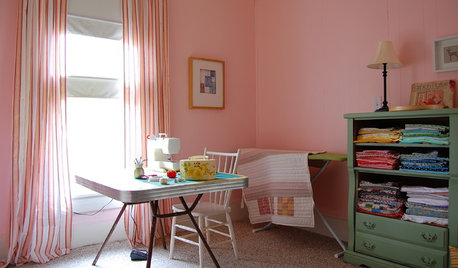
STUDIOS AND WORKSHOPSA Stitch in Time: Creative Sewing Spaces
Sewing rooms have become popular again as people of all ages embrace simple crafts they can do at home
Full StoryMore Discussions






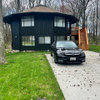
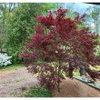
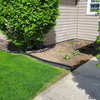
pls8xx
Danell HiltzOriginal Author
Related Professionals
Marina Landscape Architects & Landscape Designers · Richmond Heights Landscape Architects & Landscape Designers · Taylorsville Landscape Architects & Landscape Designers · Beachwood Landscape Contractors · Bedford Landscape Contractors · Corona Landscape Contractors · Fort Worth Landscape Contractors · New Baltimore Landscape Contractors · North Haven Landscape Contractors · Secaucus Landscape Contractors · Shaker Heights Landscape Contractors · York Landscape Contractors · San Pablo Landscape Contractors · Cincinnati Decks, Patios & Outdoor Enclosures · Richmond Decks, Patios & Outdoor Enclosurespls8xx
woodyoak zone 5 southern Ont., Canada
Danell HiltzOriginal Author
Danell HiltzOriginal Author
woodyoak zone 5 southern Ont., Canada